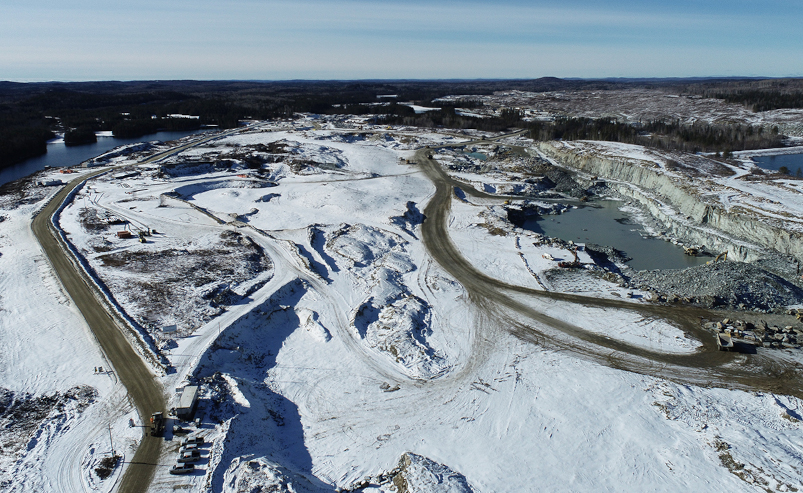The new guidance will help operators align their water reporting with other commonly-used external standards. Courtesy of Vale.
The mining industry’s relationship with water is very complex. Mines are dependent on water sources for numerous aspects of operation, including mineral processing, but these operations can also pose risks to the health of nearby bodies of water through leaching of toxic minerals, a common concern that can impact permit approval, social licence and stakeholder approval.
To help mining companies properly disclose their water usage, on Aug. 25 the International Council on Mining and Metals (ICMM) published an updated version of its water reporting guidance. According to the ICMM, the new guidance, titled “Water Reporting: Good practice guide,” is designed to improve the quality and consistency of corporate water reporting, which in turn will allow stakeholders to improve their understanding and ability to use said reports.
Building on the first edition of the guidance from 2017, the new version adjusts the definitions and reporting requirements to match water reporting guidance from other organizations such as CDP or the Global Reporting Initiative. In a webinar following the announcement of the updated guidance, ICMM COO Aidan Davy explained that these new standards necessitated an updated version of the guidance.
“Beyond these external [guidelines], it became clear that some of the metrics from the 2017 guide were open to different interpretations that ran contrary to our goal of consistent water reporting,” Davy said. “The revised version of the work is very much designed to support the industry’s commitment to consistent reporting. Through its application, companies will provide a more comprehensive picture on their water risks and opportunities, and they can demonstrate that they are responsible water stewards, and respond to calls for more, and increasingly granular, data.”
Related: An update to the Mining Association of Canada’s standard changes how companies should tackle risks and opportunities from climate change
In addition to aligning with other standards, the guidance also broadens the minimum reporting requirements so that companies must give detailed narrative explanations and metric volume of their operations’ interactions with water – including water uses, sources and discharges – possible water risks and opportunities, as well as the companies’ commitment to water stewardship. According to Newmont group executive of environment Briana Gunn, this will allow companies to better inform stakeholders and increase transparency.
“There were a number of discrepancies in the way companies were reporting externally on the information that we had in terms of water, specifically around water consumption,” Gunn said. “So what’s happened with the framing guidance is, I think, we’ve been able to align and provide a bit of flexibility for how the companies put information in, and to have something that is way more comparable and transparent than we previously had.”
These requirements will apply to all of ICMM’s 28 member companies, which include mining giants such as BHP, Barrick, Newmont and Glencore. While the focus on improved transparency will benefit interested stakeholders, it will also benefit the companies in terms of engaging the communities affected by water usage.
“When it comes to water, what’s interesting about it is, it’s a shared resource that’s ultimately valued by different parties in different manners,” World Wildlife Federation global water stewardship lead Alexis Morgan said. “Water is, to some people, an economic risk and opportunity. To others it’s a fundamental human right, but to many others it also has a spiritual value and various other values. So providing transparent information really allows people to share information in a way that’s consistent and can be interpreted, and I think that that sharing of information is actually quite fundamental to an exercise of not only understanding, but trust building and relationship creation.”




